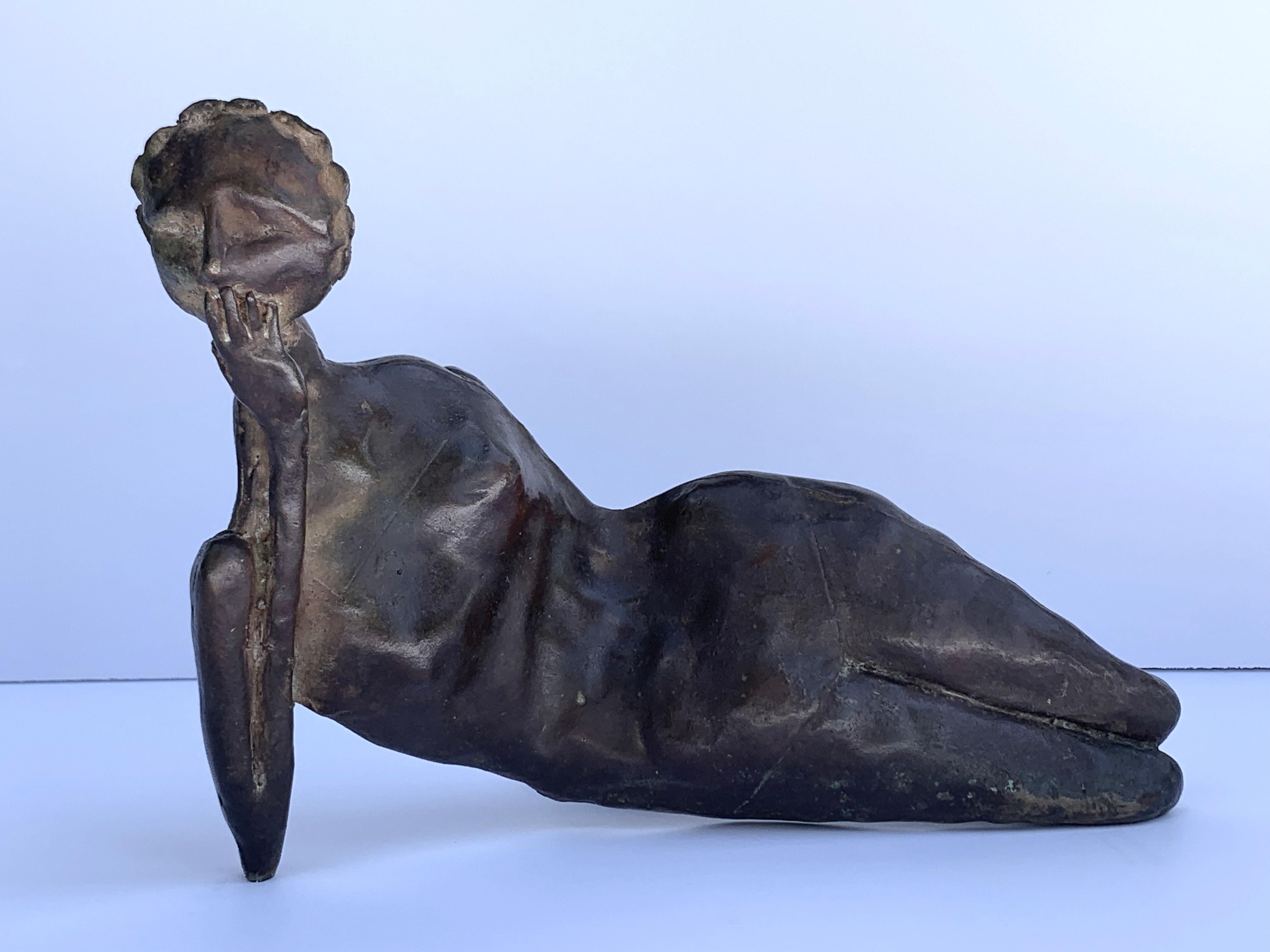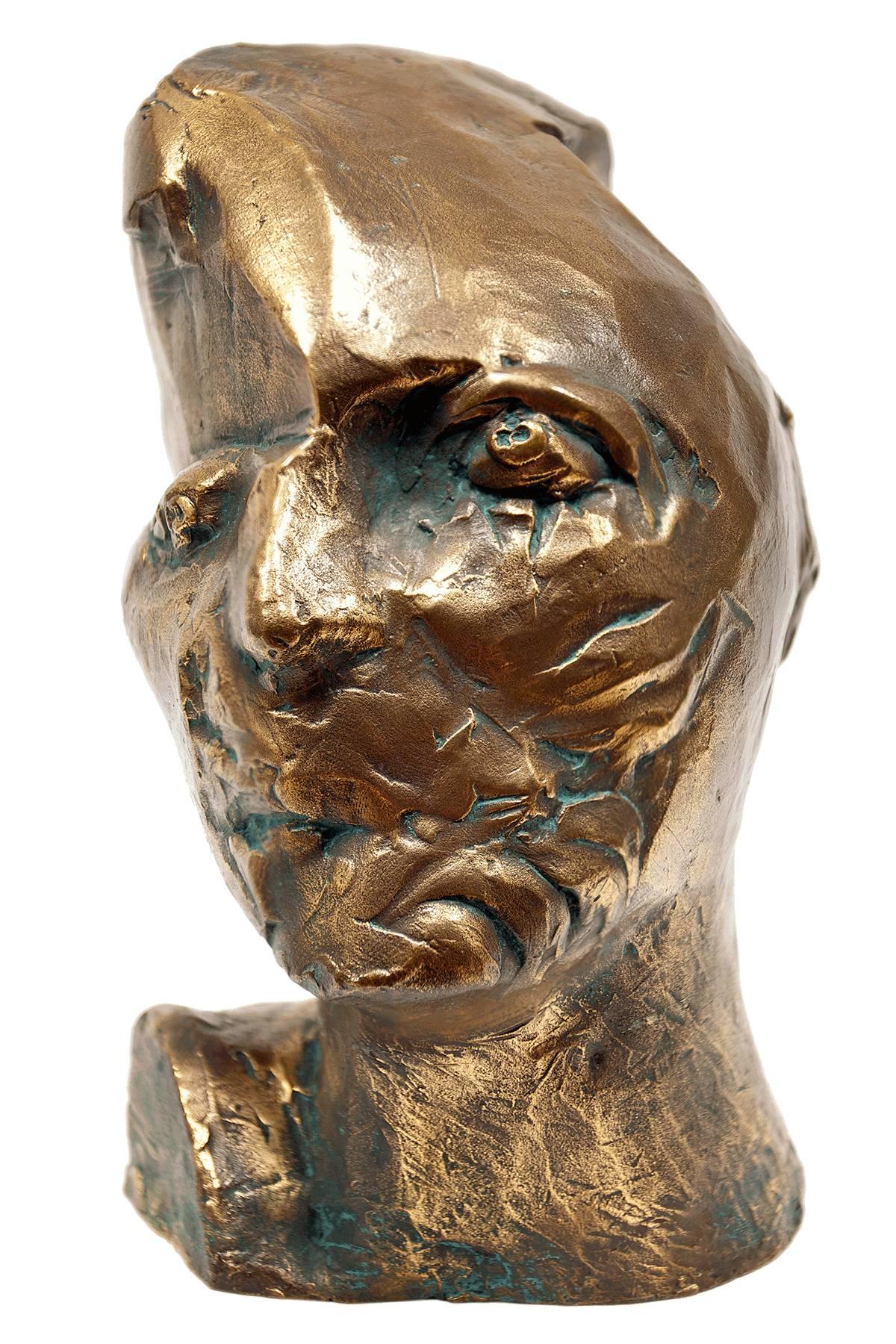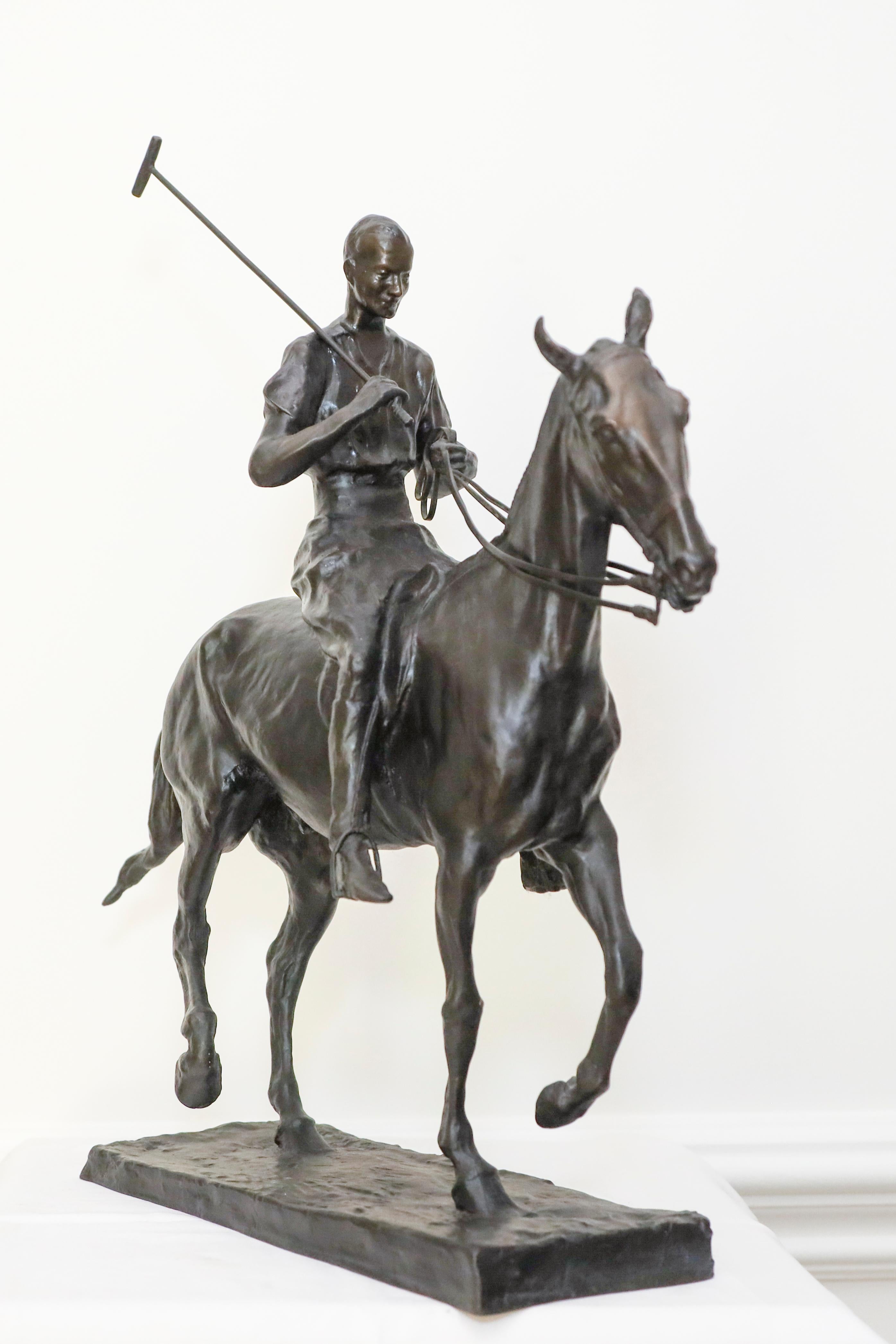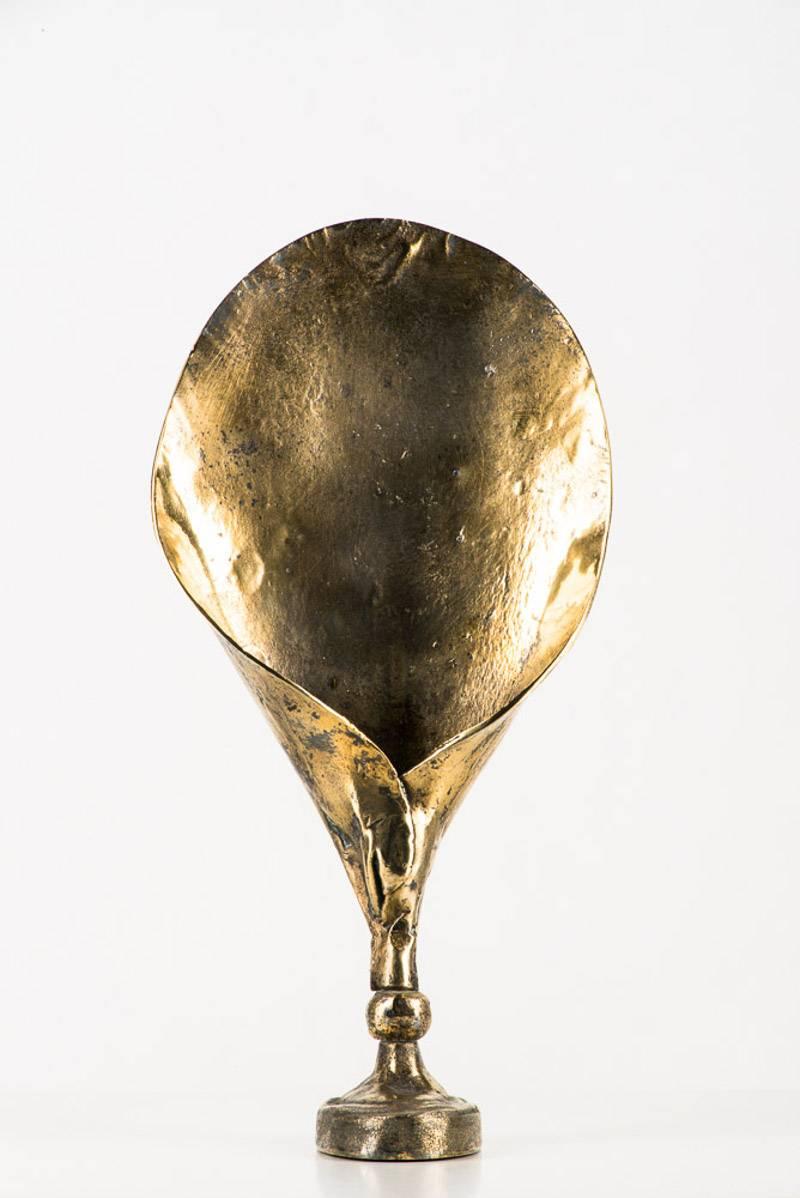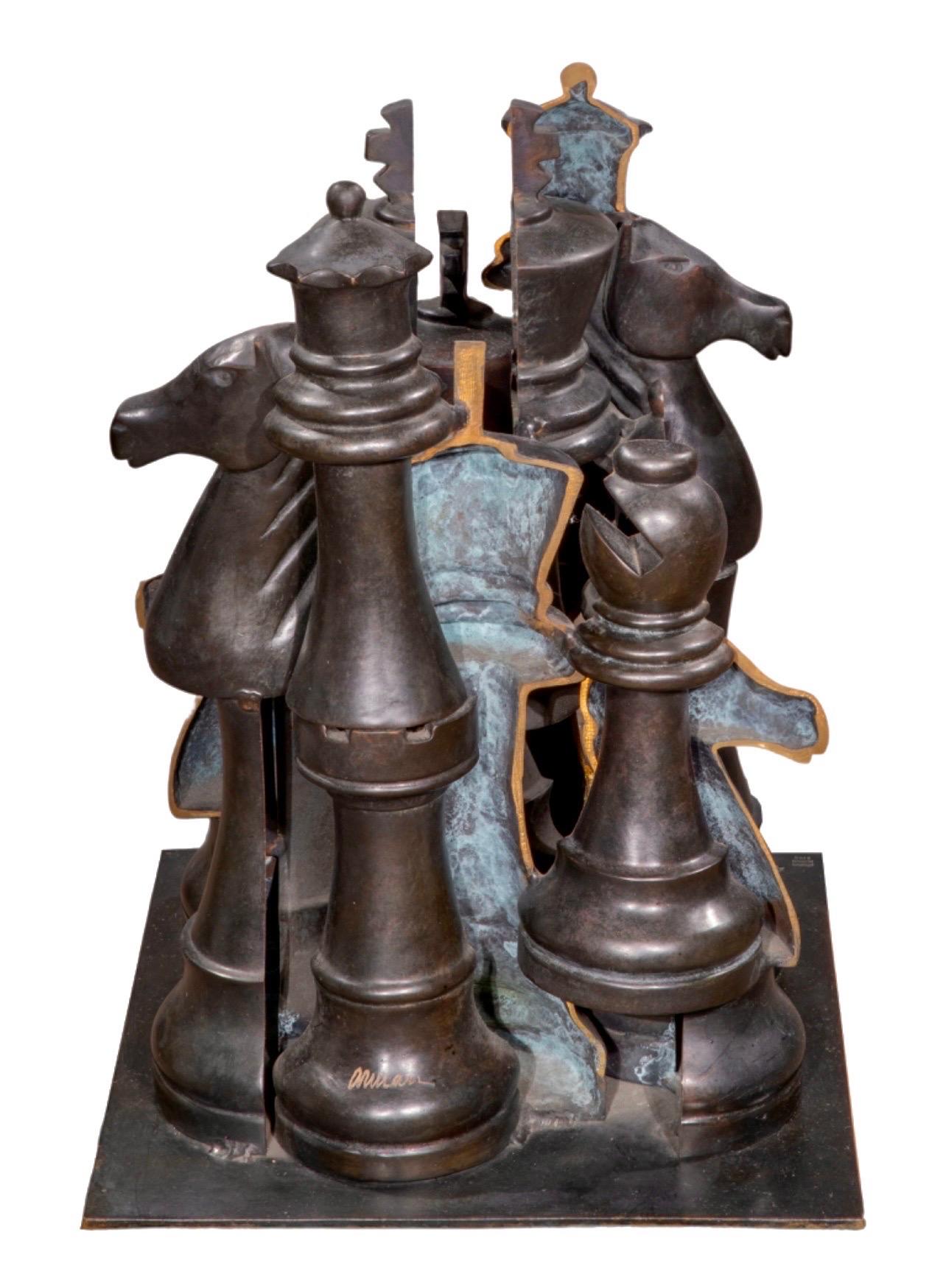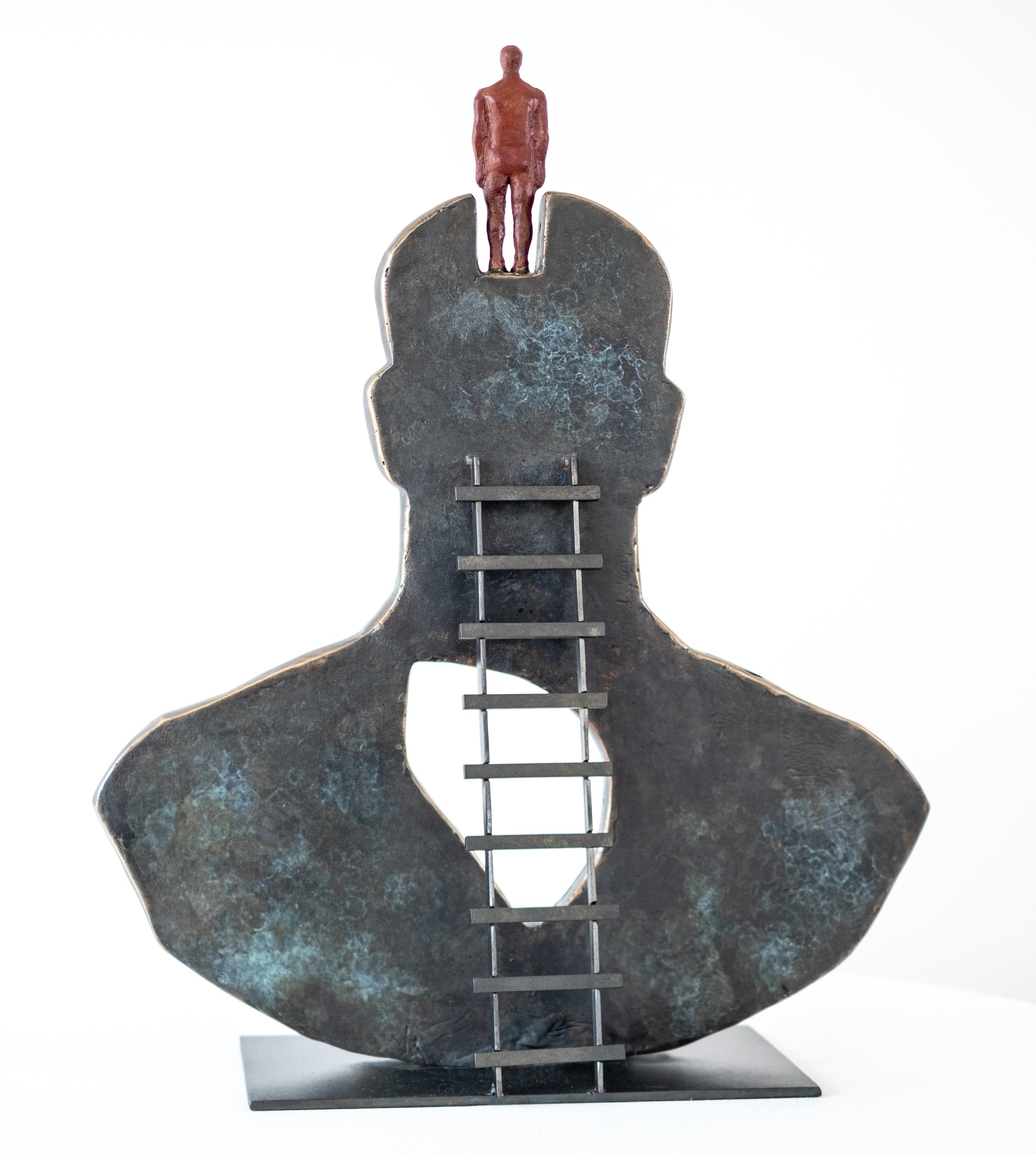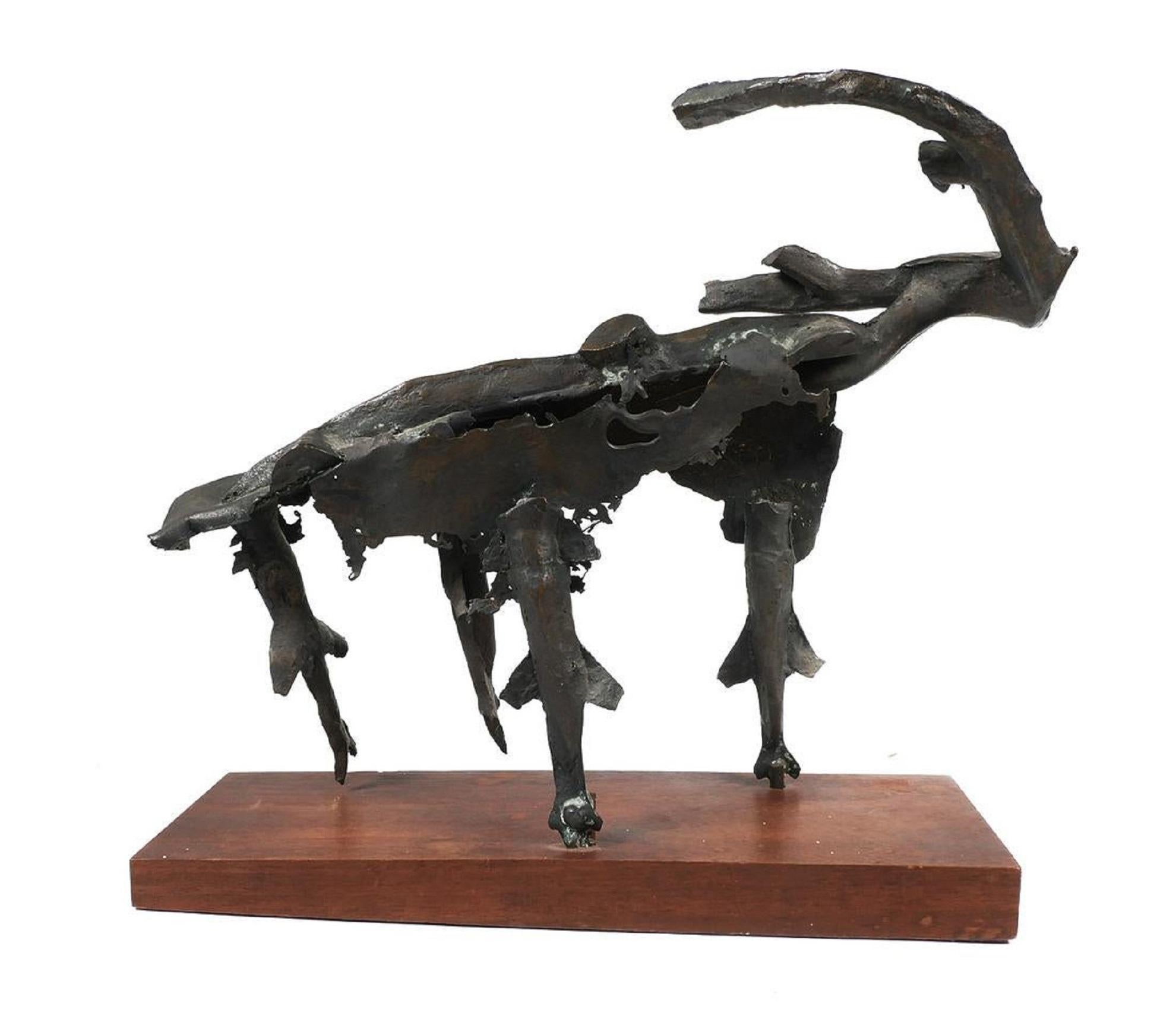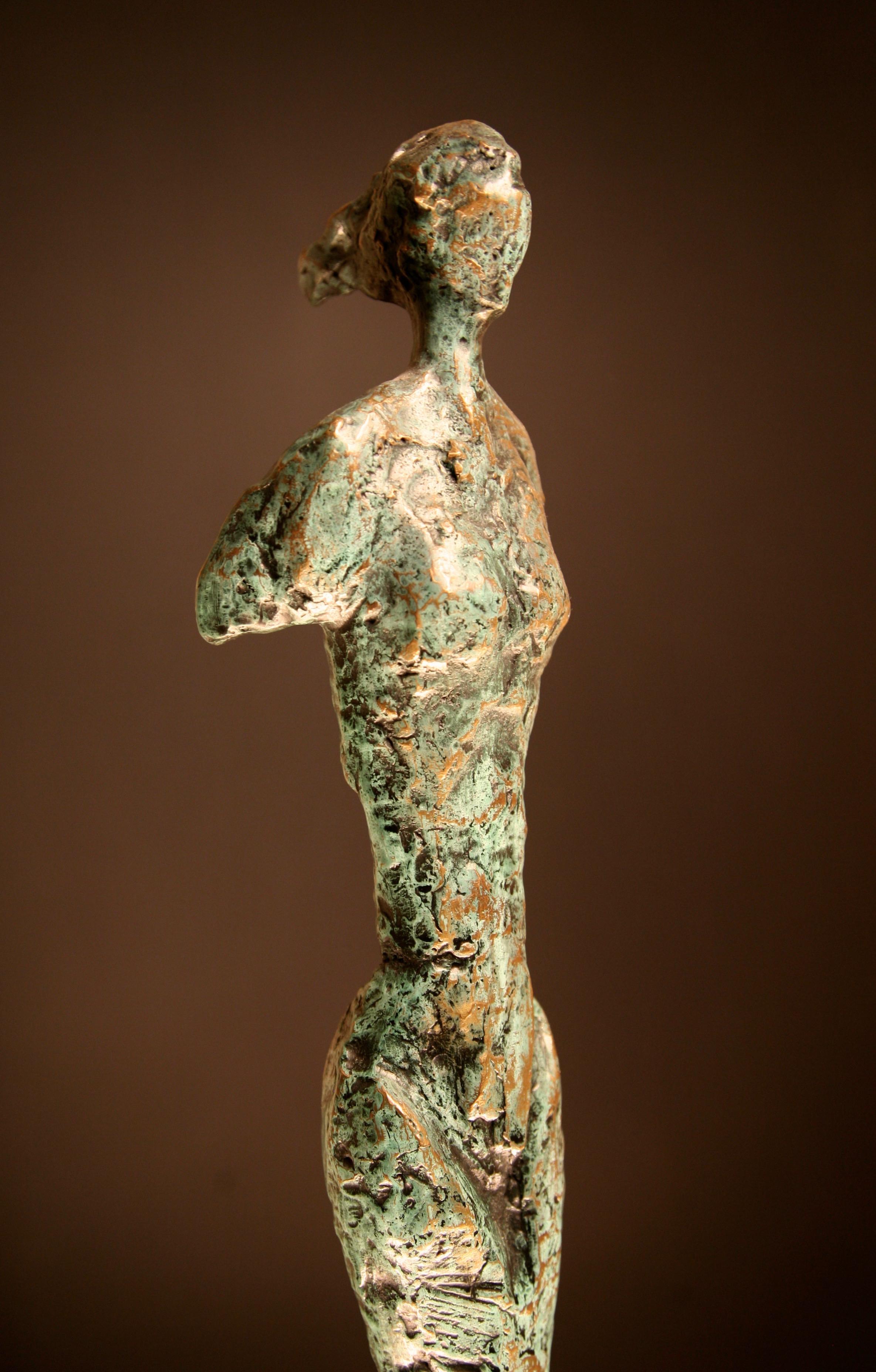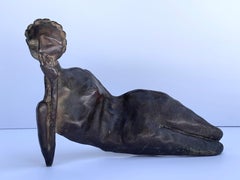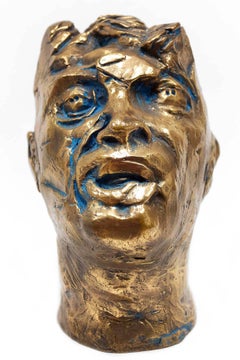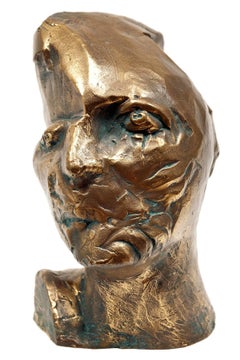
Rodin's thinker spaces - Jésus Campo Abstract Bronze layer Sculpture
View Similar Items
Video Loading
1 of 21
Jesús CamposRodin's thinker spaces - Jésus Campo Abstract Bronze layer Sculpture2018
2018
About the Item
Authenticity Guarantee
In the unlikely event there’s an issue with an item’s authenticity, contact us within 1 year for a full refund. DetailsMoney-Back Guarantee
If your item is not as described, is damaged in transit, or does not arrive, contact us within 7 days for a full refund. Details24-Hour Cancellation
You have a 24-hour grace period in which to reconsider your purchase, with no questions asked.Vetted Professional Sellers
Our world-class sellers must adhere to strict standards for service and quality, maintaining the integrity of our listings.Price-Match Guarantee
If you find that a seller listed the same item for a lower price elsewhere, we’ll match it.Trusted Global Delivery
Our best-in-class carrier network provides specialized shipping options worldwide, including custom delivery.You May Also Like
Reclining Figure (woman)
By William King (b.1925)
Located in Wilton Manors, FL
William King (1925-2015). Reclining figure, ca. 1965. Cast and welded bronze, 7 x 9.5 x 5 inches. Unsigned.
William King, a sculptor in a variety of materials whose human figures traced social attitudes through the last half of the 20th century, often poking sly and poignant fun at human follies and foibles, died on March 4 at his home in East Hampton, N.Y. He was 90.
His death was confirmed by Scott Chaskey, who is married to Mr. King's stepdaughter, Megan Chaskey.
Mr. King worked in clay, wood, bronze, vinyl, burlap and aluminum. He worked both big and small, from busts and toylike figures to large public art pieces depicting familiar human poses -- a seated, cross-legged man reading; a Western couple (he in a cowboy hat, she in a long dress) holding hands; a tall man reaching down to tug along a recalcitrant little boy; a crowd of robotic-looking men walking in lock step.
But for all its variation, what unified his work was a wry observer's arched eyebrow, the pointed humor and witty rue of a fatalist. His figurative sculptures, often with long, spidery legs and an outlandishly skewed ratio of torso to appendages, use gestures and posture to suggest attitude and illustrate his own amusement with the unwieldiness of human physical equipment.
His subjects included tennis players and gymnasts, dancers and musicians, and he managed to show appreciation of their physical gifts and comic delight at their contortions and costumery. His suit-wearing businessmen often appeared haughty or pompous; his other men could seem timid or perplexed or awkward. Oddly, or perhaps tellingly, he tended to depict women more reverentially, though in his portrayals of couples the fragility and tender comedy inherent in couplehood settled equally on both partners.
Mr. King's work is in the collections of the Metropolitan Museum of Art and the Museum of Modern Art in New York and the Smithsonian American Art Museum in Washington, among other places, and he had dozens of solo gallery shows in New York and elsewhere. But the comic element of his work probably caused his reputation to suffer.
Reviews of his exhibitions frequently began with the caveat that even though the work was funny, it was also serious, displaying superior technical skills, imaginative vision and the bolstering weight of a range of influences, from the ancient Etruscans to American folk art to 20th-century artists including Giacometti, Calder. and Elie Nadelman.
The critic Hilton Kramer, one of Mr. King's most ardent advocates, wrote in a 1970 essay accompanying a New York gallery exhibit that he was, "among other things, an amusing artist, and nowadays this can, at times, be almost as much a liability as an asset."
A "preoccupation with gesture is the focus of King's sculptural imagination," Mr. Kramer wrote. "Everything that one admires in his work - the virtuoso carving, the deft handling of a wide variety of materials, the shrewd observation and resourceful invention - all this is secondary to the concentration on gesture. The physical stance of the human animal as it negotiates the social arena, the unconscious gait that the body assumes in making its way in the social medium, the emotion traced by the course of a limb, a torso, a head, the features of a face, a coiffure or a costume - from a keen observation of these materials King has garnered a large stock of sculptural images notable for their wit, empathy, simplicity and psychological precision."
William Dickey King...
Category
Mid-20th Century Abstract Abstract Sculptures
Materials
Bronze
$2,800 Sale Price
30% Off
Untitled, Head Of An Artist, Avant-Garde Bronze Sculpture
By Phillip Pavia
Located in Surfside, FL
As an artist and writer, Philip Pavia was a committed member of the Abstract Art community throughout his long, distinguished career. Pavia was active in the art world until his death in 2005 and received immense critical praise for his artistic and literary contributions. Recognized for his signature work The Ides of March, he produced monumental pieces that alternated between figurative and abstract styles. While he was a dedicated sculptor, Pavia extended that passion into writing and published It is: A Magazine for Abstract Art.
Born in 1911 of Provencal-Italian descent, the Stratford, Connecticut native received early inspiration from his father, a professional stone cutter. Pavia's sculptures are characterized by rough, chiseled bronze and marble, his father's trade was no doubt a significant influence. In fact, by 1934, his father was so enthusiastic about his son's passion that he encouraged young Philip to study at the Academia delle Belle Arti in Florence, Italy.
Before his studies in Europe, Pavia was briefly a student at Yale University but quickly dropped out and enrolled at New York's Art Student League. While attending school, he befriended artists Jackson Pollock and Arshile Gorky. All three were to become major players of the vibrant new Abstract Art movement. At his father's advice, Pavia embarked on his European experience and was introduced to other influential artists of his time. Traveling between Italy and Paris, Pavia met John Ferren...
Category
20th Century Abstract Expressionist Figurative Sculptures
Materials
Bronze
Untitled, Head Of An Artist, Avant-Garde Bronze Sculpture
By Phillip Pavia
Located in Surfside, FL
This is a bronze cast sculpture by Philip Pavia is part of his series of "Imaginary Portraits from the Club" , a one-man exhibition at Max Protetch Gallery, New York in 1982. The approach at rendering the figure is grotesque, and the facial features have been severely distorted to the point were the portrait becomes an abstract interpretation of the subject.
As an artist and writer, Philip Pavia was a committed member of the Abstract Art community throughout his long, distinguished career. Pavia was active in the art world until his death in 2005 and received immense critical praise for his artistic and literary contributions. Recognized for his signature work The Ides of March...
Category
20th Century Abstract Expressionist Figurative Sculptures
Materials
Bronze
Sculpture of a Polo Player Harrison Tweed by Charles Rumsey
By Charles Cary Rumsey
Located in Brookville, NY
Polo Pony and Rider Harrison Tweed . Charles Rumsey was an 8 goal polo player with Meadowbrook Polo Club on Long Island NY. He was an avid sportsman, equestrian and artist. His ab...
Category
1910s Abstract Impressionist Figurative Sculptures
Materials
Bronze
Paul Wunderlich - Leaf - Signed Bronze Sculpture
By Paul Wunderlich
Located in Collonge Bellerive, Geneve, CH
Paul Wunderlich
Leaf
Bronze Sculpture
Signed, Numbered 248/350
Dated 1979
Paul Wunderlich, (1927 - 2010)
Born in Eberswalde on 10 March 1927. The German painter studied at the K...
Category
1970s Abstract Expressionist Still-life Sculptures
Materials
Bronze
$4,004 Sale Price
25% Off
José - One-of-a-kind Male Cubist Sitting Figure Original Bronze Sculpture
By Nando Kallweit
Located in Los Angeles, CA
German sculptor Nando Kallweit produces figurative bronze sculptures and reliefs with aquiline and a graceful modern appeal. Kallweit is inspired by seemingly disparate cultures; the...
Category
21st Century and Contemporary Abstract Figurative Sculptures
Materials
Metal, Bronze
